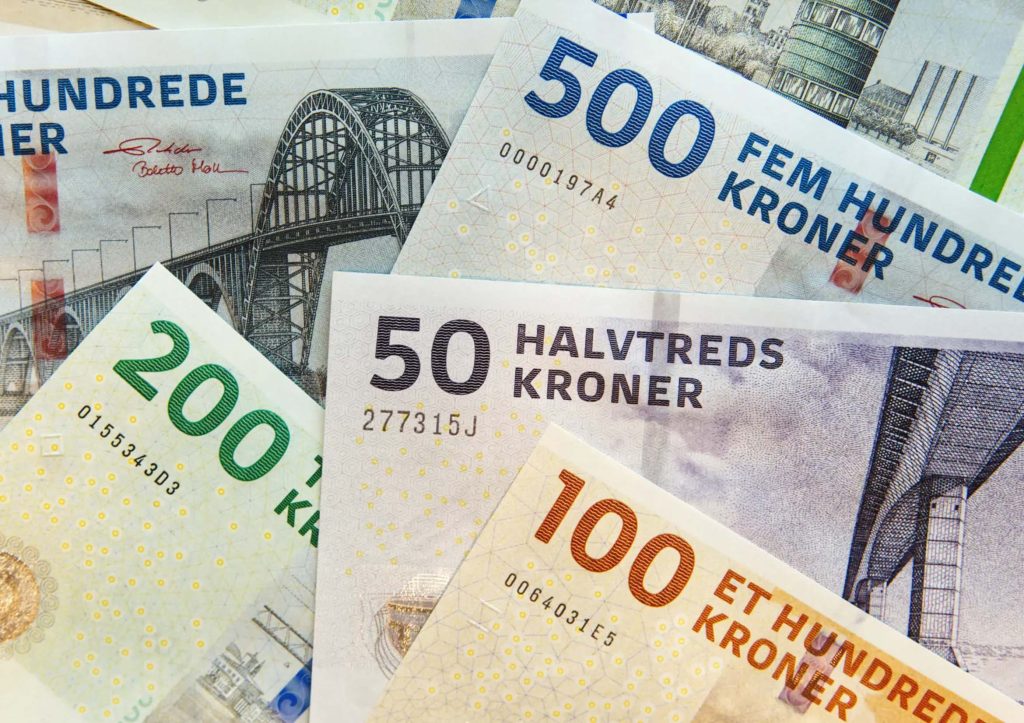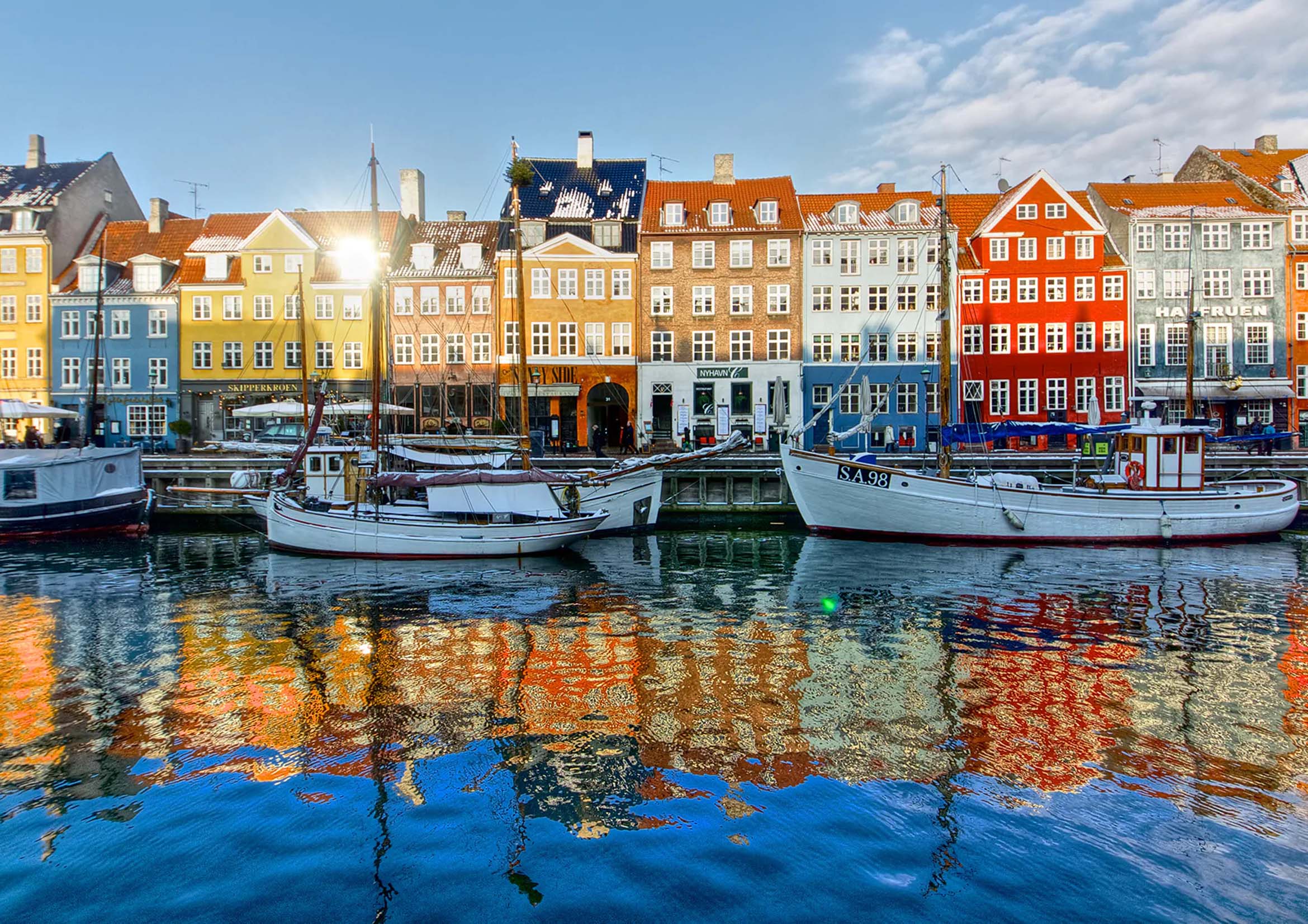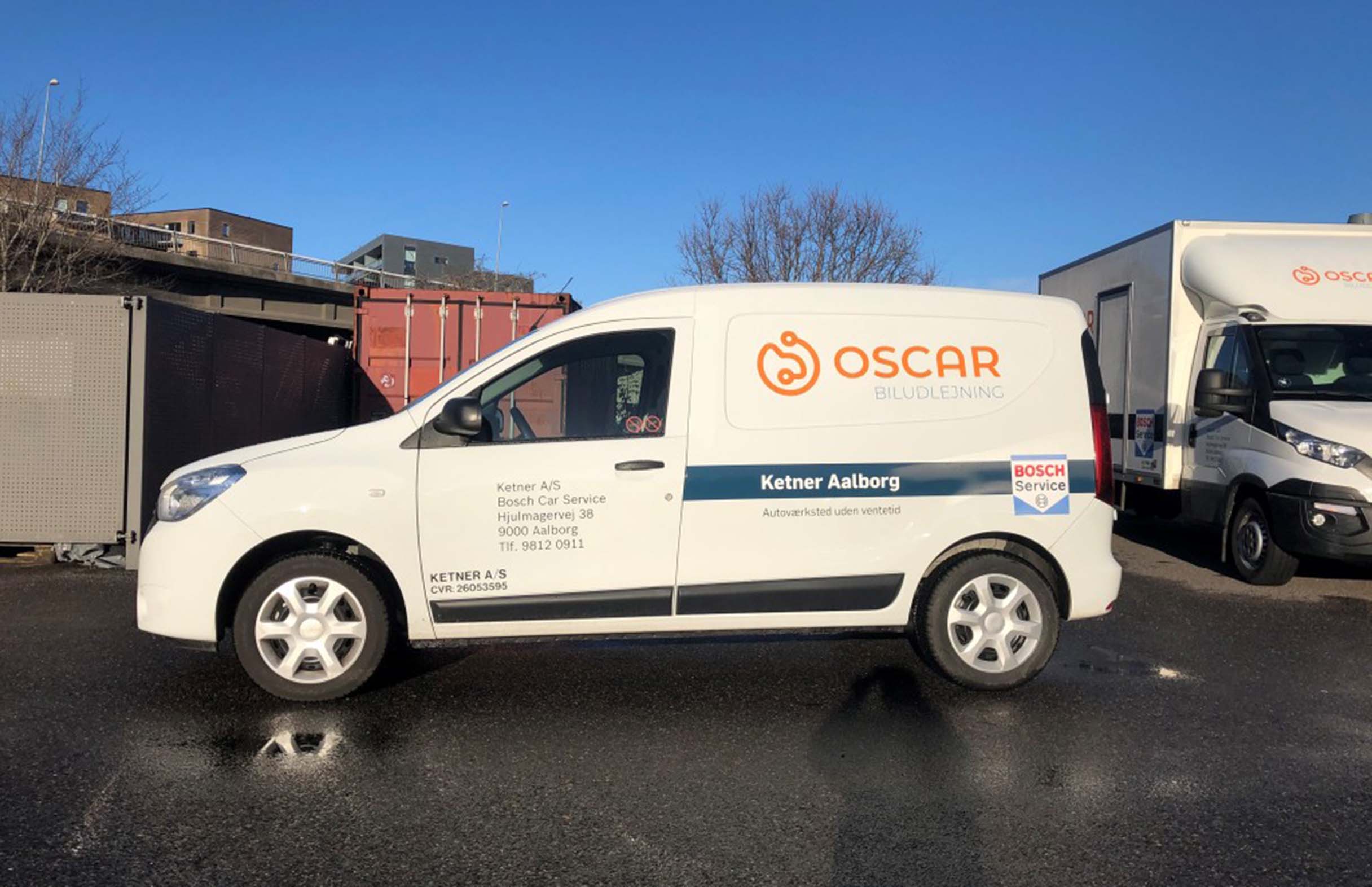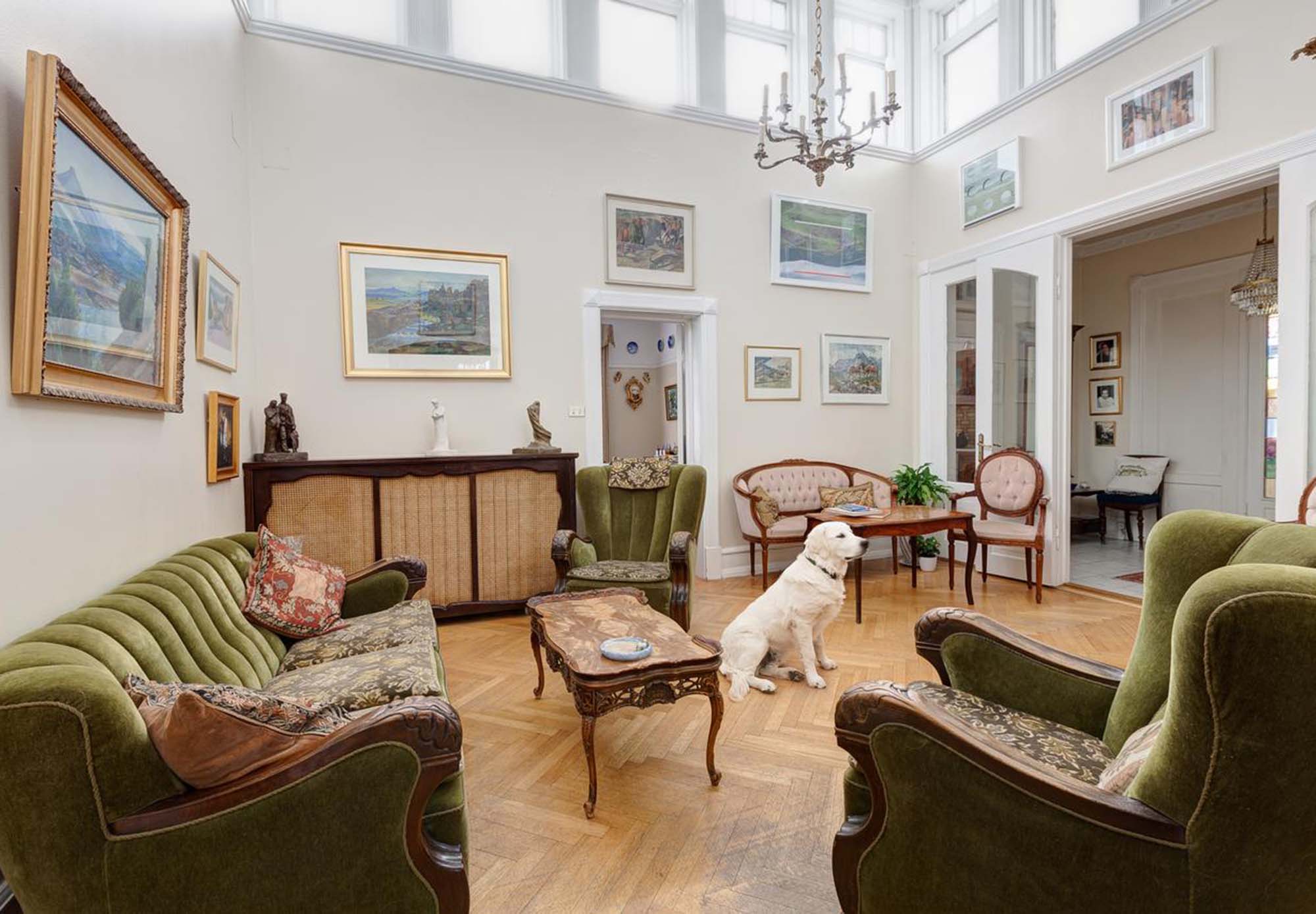My journey to Copenhagen was nothing short of spectacular. Known for its rich history, stunning architecture, and vibrant culture, the Danish capital offers a unique blend of old-world charm and mod ern innovation.
In this comprehensive guide, I will share my personal experiences, tips, and recommendations to help you plan an unforgettable trip to Copenhagen.
Preparing for the Journey: Essential Travel Gear and Tips
Travel Gear and Suitable Attire
Packing for Copenhagen requires a bit of planning, especially given the city’s variable weather. Here’s a list of essential items that I found incredibly useful:
- Weather-Appropriate Clothing: Copenhagen experiences a temperate maritime climate, with cool winters and mild summers. For winter visits, pack a warm coat, thermal layers, gloves, a hat, and a scarf. Summers are more forgiving, so light layers, a waterproof jacket, and comfortable walking shoes are ideal.
- Comfortable Footwear: The city is best explored on foot or by bike, so comfortable shoes are a must. I opted for a pair of durable sneakers and was grateful for the support during long days of sightseeing.
- Travel Adapter: Denmark uses Type C, E, and F electrical plugs. Ensure you have a universal adapter to charge your electronic devices.
- Reusable Water Bottle: Tap water in Copenhagen is safe to drink and of high quality. Carrying a reusable water bottle not only saves money but also reduces plastic waste.
- Camera: With its picturesque streets and landmarks, Copenhagen is a photographer’s dream. Don’t forget your camera to capture the beauty of the city.
Currency Exchange
The official currency in Denmark is the Danish Krone (DKK). While credit and debit cards are widely accepted, it’s wise to carry some cash for smaller purchases or in places where cards might not be accepted. I exchanged some currency at the airport upon arrival, though local banks and exchange offices often offer better rates.

Getting a Local SIM Card
Staying connected in Copenhagen is straightforward with the availability of local SIM cards. Upon arrival at Copenhagen Airport, I purchased a prepaid SIM card from a telecom kiosk. Major providers like TDC, Telenor, and Telia offer various data packages suitable for tourists. Having a local SIM card made navigating the city and staying in touch with loved ones easy and affordable.
Understanding and Respecting Local Etiquette
Key Etiquette Points
The Danish are known for their politeness, respect for personal space, and a strong sense of community. Here are some key etiquette points to keep in mind:
- Punctuality: Danes value punctuality, whether for social gatherings or business meetings. Arriving on time is a sign of respect.
- Quiet and Reserved: Public transportation and communal spaces are generally quiet. Keep conversations at a moderate volume and avoid loud or disruptive behavior.
- Cycling Etiquette: Copenhagen is a city of cyclists, and following cycling rules is crucial. Always use designated bike lanes, signal your turns, and respect pedestrian crossings.
- Respect for Privacy: Danes value their personal space and privacy. Be mindful of this in social interactions and avoid intrusive questions.
Personal Experiences with Local Etiquette
During my visit, I had several encounters that highlighted the importance of understanding and respecting local customs:
- Dining with Locals: I was invited to a traditional Danish dinner by a local friend. Upon arrival, I instinctively removed my shoes at the door, which was appreciated by my host. The evening was a delightful experience of Danish hospitality and cuisine.
- Public Transport: While using Copenhagen’s efficient public transport system, I noticed how quiet and orderly everyone was. Respecting this unwritten rule of silence made the experience more enjoyable for everyone.
- Cycling Culture: Renting a bike and navigating the city’s extensive cycling paths was a highlight of my trip. Following local cycling etiquette ensured a smooth and safe experience for myself and other cyclists.
Must-See Attractions in Copenhagen
Copenhagen boasts a plethora of attractions that cater to all interests. Here are four must-visit spots that left a lasting impression on me:
1. The Little Mermaid Statue
Project and Highlights: The Little Mermaid statue, inspired by Hans Christian Andersen’s fairy tale, is one of Copenhagen’s most iconic landmarks. Although the statue itself is relatively small, its cultural significance and scenic location on the Langelinie promenade make it a must-visit.
How to Get There: The statue is easily accessible by foot from the city center or by taking bus 26. It’s also a pleasant walk or bike ride along the waterfront.
Tips:
- Visit early in the morning or late in the evening to avoid crowds.
- Combine your visit with a stroll along the nearby Kastellet, a well-preserved star-shaped fortress.
- Be mindful of your belongings, as the area can get crowded with tourists.
2. Tivoli Gardens
Project and Highlights: Tivoli Gardens is one of the world’s oldest amusement parks, offering a magical blend of thrilling rides, beautiful gardens, and live entertainment. Opened in 1843, Tivoli retains its historical charm while providing modern attractions for all ages.
How to Get There: Tivoli Gardens is located in the heart of Copenhagen, just a short walk from the Central Station (København H). Several buses and trains also serve the area.
Tips:
- Purchase tickets online in advance to avoid long lines.
- Visit in the evening to experience the enchanting lights and fireworks.
- Try the traditional Danish food at Tivoli’s various restaurants and food stalls.
3. Nyhavn
Project and Highlights: Nyhavn, with its colorful 17th and 18th-century townhouses and bustling waterfront, is a quintessential Copenhagen experience. The picturesque canal is lined with restaurants, bars, and historic ships, making it a perfect spot for a leisurely stroll or a canal tour.
How to Get There: Nyhavn is centrally located and easily accessible by foot from many parts of the city. It’s also well-served by buses and the metro (Kongens Nytorv station).
Tips:
- Visit during the day for a vibrant atmosphere and in the evening for a more relaxed vibe.
- Enjoy a canal tour departing from Nyhavn to see the city from the water.
- Savor a meal or drink at one of the many outdoor terraces, but be prepared for higher prices due to the area’s popularity.
4. Rosenborg Castle
Project and Highlights: Rosenborg Castle, built in the early 17th century, is a stunning example of Renaissance architecture. The castle houses the Danish crown jewels and royal regalia, along with a fascinating collection of art and artifacts from Denmark’s royal history.

How to Get There: The castle is located in the King’s Garden (Kongens Have) and is easily accessible by foot from Nørreport Station, which is served by several metro and train lines.
Tips:
- Allocate at least two hours to fully explore the castle and its grounds.
- Purchase a combination ticket to also visit Amalienborg Palace, the current royal residence.
- Stroll through the beautiful King’s Garden before or after your visit to the castle.
Exploring Copenhagen’s Culinary Scene
Popular Street Food
Copenhagen’s street food scene is vibrant and diverse, offering something for every palate. Here are some popular options:
- Smørrebrød: These open-faced sandwiches are a Danish classic. Toppings vary from pickled herring and roast beef to vegetarian options, all beautifully arranged on rye bread.
- Pølser (Danish Hot Dogs): Available at street stands throughout the city, Danish hot dogs are a quick and tasty snack. Try one with the works – mustard, ketchup, remoulade, fried onions, and pickles.
- Frikadeller: Danish meatballs, often served with potatoes and gravy, are a comforting street food option.
Street Food Safety Tips
- Choose Reputable Vendors: Look for vendors with clean stalls and high customer turnover.
- Check Food Hygiene Ratings: Some stalls display hygiene ratings, which can give you an idea of their cleanliness standards.
- Stay Hydrated: Carry a reusable water bottle and drink plenty of water, especially if you’re indulging in rich or salty foods.
Planning Your Itinerary and Budget
Itinerary Planning
Copenhagen has a wealth of attractions and experiences to offer. Here’s a suggested itinerary for a week-long visit:
Day 1: Arrival and Nyhavn
- Explore Nyhavn
- Enjoy a canal tour
- Dinner at a waterfront restaurant
Day 2: Historical and Cultural Tour
- Visit Rosenborg Castle and the King’s Garden
- Tour the National Museum of Denmark
- Evening at Tivoli Gardens
Day 3: Modern Copenhagen
- Explore the Design Museum Denmark
- Stroll through the trendy neighborhood of Vesterbro
- Dinner at a modern Danish restaurant
Day 4: Day Trip to Louisiana Museum of Modern Art
- Take a train to the Louisiana Museum of Modern Art
- Explore the museum’s exhibits and gardens
- Return to Copenhagen for a relaxed evening
Day 5: Classic Attractions
- Visit the Little Mermaid statue
- Explore the Amalienborg Palace and watch the changing of the guard
- Lunch at a local café in Frederiksstaden
Day 6: Nature and Leisure
- Visit the Copenhagen Botanical Garden
- Explore the Copenhagen Zoo
- Evening in Nørrebro, enjoying its vibrant nightlife
Day 7: Relax and Reflect
- Morning at a local spa or sauna
- Shopping in Strøget and surrounding areas
- Farewell dinner at a fine dining restaurant
Budgeting Tips
Copenhagen can be an expensive city, but careful planning can help manage costs:
- Accommodation:Consider staying in a centrally located Airbnb or budget-friendly hotel.
- Transport: Use public transportation, which is efficient and cost-effective. Purchase a Copenhagen Card for unlimited travel and entry to many attractions.
- Meals: Mix dining out with self-catering. Local supermarkets offer a wide range of fresh and affordable products.
- Free Attractions: Take advantage of free attractions like Nyhavn, the King’s Garden, and the changing of the guard at Amalienborg Palace.
Recommended Insurance
Travel insurance is essential for any trip to cover unforeseen events such as medical emergencies, trip cancellations, or lost luggage. I recommend a comprehensive travel insurance plan that includes:
- Medical Coverage: Ensure your policy covers medical expenses, including hospitalization and emergency evacuation.
- Trip Cancellation and Interruption: This covers non-refundable expenses if your trip is canceled or interrupted due to unforeseen circumstances.
- Lost or Delayed Luggage: Coverage for personal belongings if your luggage is lost, stolen, or delayed.
Copenhagen’s blend of historical charm and modern vibrancy makes it a destination that caters to all types of travelers. Whether you’re wandering through the cobblestone streets of Nyhavn, marveling at the opulence of Rosenborg Castle, or savoring the flavors of Danish cuisine, the city promises an unforgettable experience.




